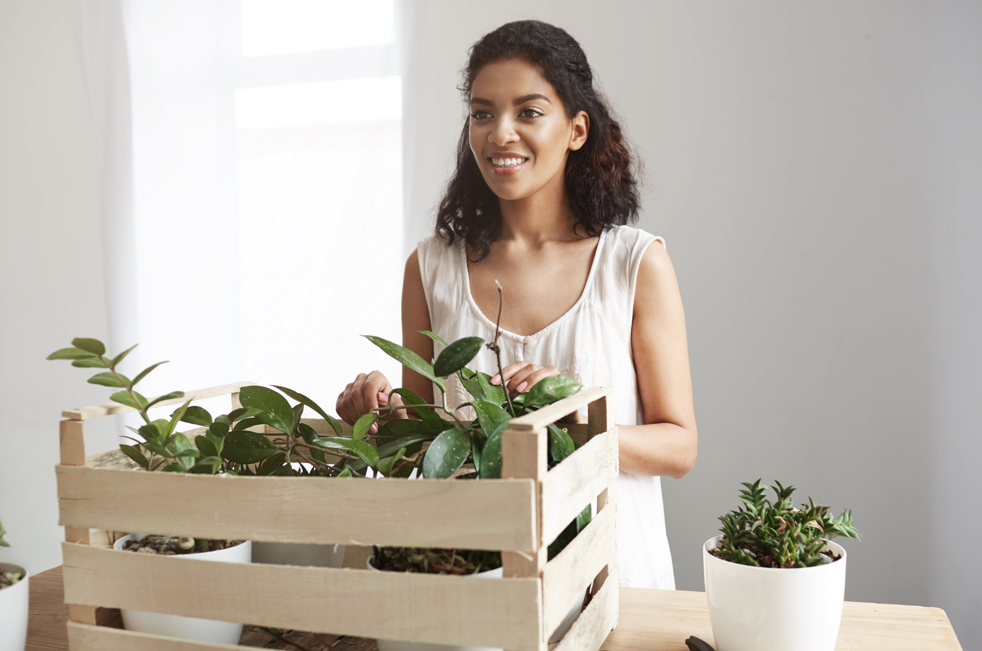Relocating with plants can be a unique challenge because they require extra attention to ensure they survive the journey and flourish in their new home. Unlike typical household items, plants are living organisms that need proper care and the right environment during transport. By following a few essential steps, you can provide the best conditions for your greenery while enjoying the benefits of exceptional moving services.
Assess Your Plants’ Needs
Before preparing your plants for the move, evaluate their individual requirements. Consider which plants are hardy enough to handle the journey with minimal disruption and which ones demand additional care. Delicate plants, such as tropical varieties, succulents, and cacti, may require special packing methods to shield them from temperature extremes, while sturdier plants might tolerate transit conditions more easily. If you’re unsure how to transport your plants safely, consulting movers near me can provide expert advice on proper packing and handling techniques to keep them in good condition during the move.
Water the Plants Before Packing
Hydration is vital, but timing matters. Water your plants a few days before the move to keep the soil moist but not excessively wet. This helps prevent mold or mildew that could result from damp soil during transport. Avoid watering on moving day to reduce the risk of waterlogging or pest attraction. Proper hydration strikes a balance between keeping your plants healthy and preventing unnecessary complications.
Pack Plants in Boxes or Containers
Use sturdy boxes to protect your plants during the move. Small plants can remain in their original pots, nestled in a box slightly larger than the plant itself. Add crumpled newspaper, bubble wrap, or foam peanuts around the pots to prevent shifting and damage during transit. For larger plants, wrap the entire plant in breathable material, such as burlap, to safeguard its leaves and branches from breakage or bruising.
Cover Plants to Protect Them from Light and Drafts
After securing your plants in boxes, cover them with breathable fabric to shield them from excessive light and drafts. Exposure to direct sunlight for prolonged periods can stress plants, while drafts can cause dehydration. Avoid plastic coverings, as they trap moisture and heat, potentially harming your greenery. A fabric covering helps maintain an ideal environment without compromising their health.
Unpack Plants as Soon as Possible
Once you’ve arrived at your new home, promptly unpack your plants to reduce the stress of the move. Place them in suitable locations where they can receive adequate light, temperature, and humidity. Allow the plants time to adjust to their new environment before repotting or moving them to permanent spots. Continue providing consistent care by maintaining the same watering schedule, light exposure, and nutrients they previously enjoyed.
Other Moving Articles:
